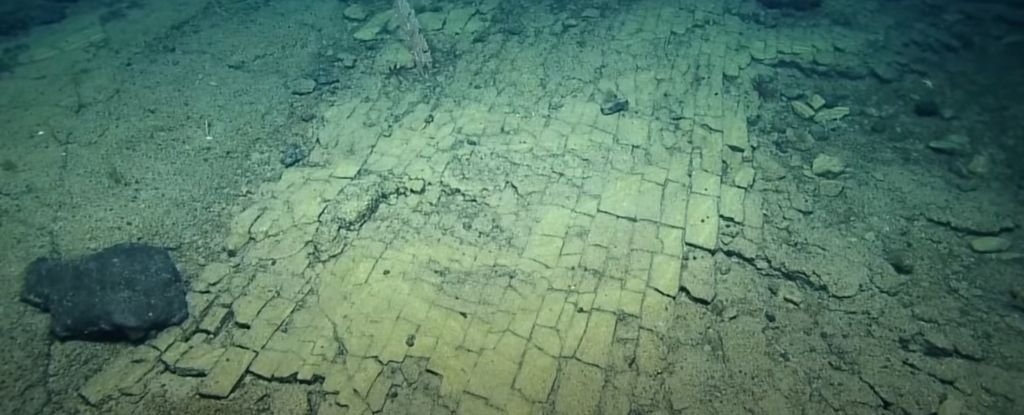India’s Ganges River shifted abruptly due to a distant yet massive earthquake around 2,500 years ago, new geologic evidence suggests.
Such changes have been observed in other rivers in recent times but only far upstream. This ancient Ganges shift occurred in the delta, about 200 kilometers from where the river empties into the Bay of Bengal. Flooding from similar shifts of other rivers today could threaten hundreds of millions of people who live in the modern cities built on river deltas worldwide.
As rivers chew their way across the landscape, they naturally wander — especially in their relatively flat deltas, where sediments can pile up and divert the river one way or another (SN: 4/1/14). Course changes can unfold gradually over time spans ranging from years to centuries, says Elizabeth Chamberlain, a geophysicist at Wageningen University & Research in the Netherlands. But channel-jumping triggered by an earthquake can occur in weeks or days, she says.
After a river channel shifts, the old waterway can gradually fill in with sediment. Still, evidence of the old channel typically remains, Chamberlain says. While looking at satellite images of the Ganges Delta, she and her colleagues spotted a slight depression that formed a crescent shape about 45 kilometers from the current Ganges. That depression measured up to nearly 2 kilometers wide and stretched for dozens of kilometers. At one time, that had probably been a main channel of the Ganges, the team thought.
While doing fieldwork nearby in 2018, the team decided to check out the depression in person, including taking samples for dating. Then, good luck struck.
While driving home, the researchers stumbled upon an open pit; someone had excavated the dirt for a pond they planned to fill in with water the very next day. In one flank of the pit, the researchers spotted distinctive, largely vertical bands of light-colored sand embedded within the darker horizontal layers of mud — a type of deposit known as seismites.
These features are, in essence, the frozen-in-time remnants of ancient sand volcanoes that formed when seismic waves from a distant earthquake pressurized a subterranean layer of watery sand. That pressurized slurry bursts upward through overlying layers of silty mud.
Sometimes referred to as “sand blows,” these features are very difficult to explain but for an earthquake, says John Shaw, a sedimentologist at the University of Arkansas in Fayetteville who was not involved in the new study. “They just don’t happen for no reason.”
Based on the width of the sand blows, the depth of the overlying sediments and the distance to the nearest major fault zone (more than 180 kilometers), the quake that formed the seismites probably ranged between magnitude 7 and magnitude 8, Chamberlain and her colleagues report June 17 in Nature Communications.
Analyses of sand grains in the seismites suggest that the temblor must have occurred about 2,500 years ago, though there are no written records of this ancient quake, Chamberlain says. Because the lowest-level — and thus the oldest — muds that accumulated in the channel were deposited at the same time the seismites formed, the team linked the quake to the change in the river’s path.
Flooding from a river shift caused by a similar quake today could threaten up to 170 million people — a number equal to about half the population of the United States — who live in an Illinois-sized area of India and Bangladesh, Chamberlain says. In this delta region, much of the infrastructure is built on mounds of sediments dredged from rivers and piled up to provide some elevation above the nearby floodplains, which makes it exceptionally vulnerable if and when another round of shaking occurs.
Such a risk only adds to threats of flooded deltas that come with rising sea levels due to climate change (SN: 3/10/22). It’s a big concern, Shaw says: “How do you anticipate and prepare for events that you haven’t experienced?”





















Discussion about this post